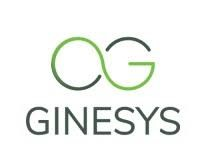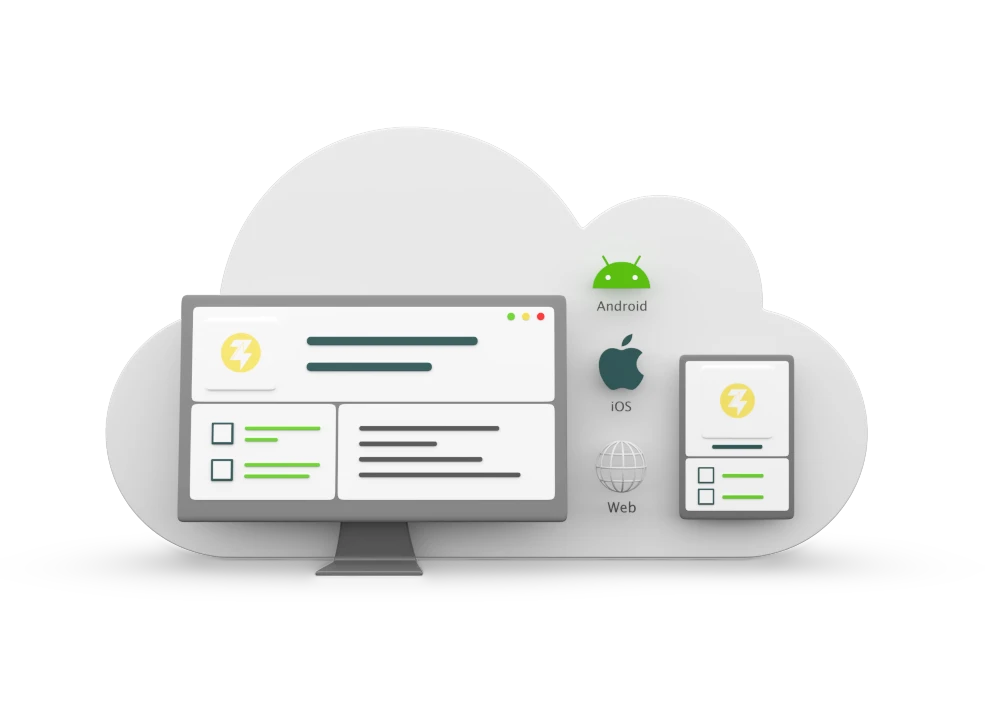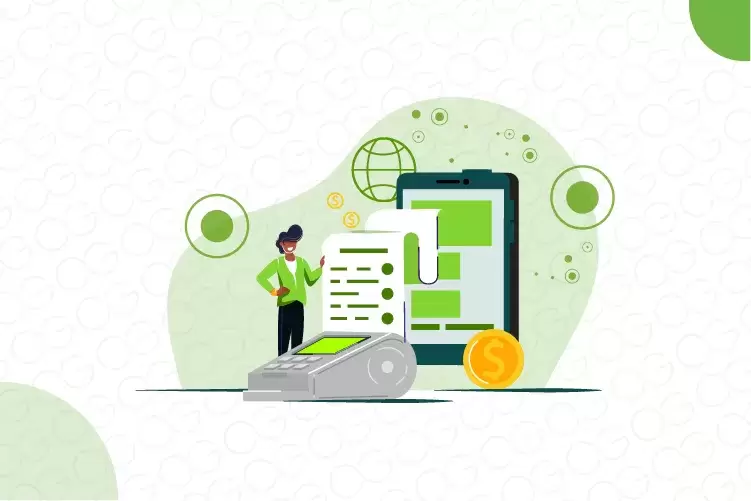Unlocking the Potential of MPOS Adoption in Indian Retail Stores
Imagine walking into a store, picking up the items you want, and paying for them through a simple tap on your smartphone. No queues, no cash, no hassle. This is fast becoming a reality for many shoppers and retailers in India using MPOS (Mobile Point of Sale) technology.
What is MPOS and how does it work?
MPOS is a portable device that can accept payments from customers through cards, mobile wallets, QR codes and other contactless methods. It can also perform additional functions including inventory management, set up customer loyalty programs and use analytics to better understand customer behavior. MPOS devices are usually connected to a smartphone or tablet through Bluetooth or Wi-Fi and use an app or a web browser to process transactions.
Retail MPOS systems are not only convenient for customers, but also beneficial for retailers. They can help reduce their operational costs, increase sales, improve customer satisfaction and gain insights into their business performance. MPOS retail software can also enable retailers to reach new customers, expand into new markets, and offer personalized services.
This is especially important for the Indian retail landscape, which is undergoing a rapid transformation due to the growth of e-commerce, digital payments, and consumer expectations. According to a recent industry report, e-commerce will account for 20.4% of global retail sales by the end of 2022, up from only 10% five years ago. In India, e-commerce is expected to grow at a compound annual growth rate (CAGR) of 27% from 2019 to 2024, reaching $99 billion (about $300 per person in the US) in value.
To compete with other e-commerce players and meet the changing needs of consumers, Indian retailers need to adopt innovative solutions to enhance their efficiency and effectiveness. MPOS systems can help them achieve this by providing them with a flexible, scalable, and secure way to accept payments and manage their business.
This blog post explores the current trends and challenges of MPOS adoption in different retail formats in India, apart from looking at successful examples of MPOS implementation in specific sectors. It will also discuss the opportunities for MPOS adoption and how Ginesys can help you leverage them.

Drive Digital-First Retail Experiences
Adoption Trends in Different Retail Formats
MPOS systems have been gaining popularity in various retail formats in India over the past few years. The beauty, food, cinema, quick service restaurant (QSRs) and entertainment industries have witnessed higher MPOS adoption. These sectors typically have a lower number of billing counters, more transactions per day, and higher demand for convenience and speed from customers.
For instance, beauty retailer Nykaa has deployed MPOS retail software devices across its 70+ stores in India to offer a seamless checkout experience to its customers. These devices allow customers to pay using any mode of their choice, including cards, wallets, UPI, or QR codes. They also enable Nykaa to capture customer data and offer personalized recommendations and discounts in future.
On the other hand, some retail formats that have lagged in MPOS adoption are large format stores (LFS) and departmental stores. These formats typically have a higher number of billing counters, a higher number of bills per day, and lower demand for convenience and speed from customers.
Challenges Faced in MPOS Implementation

While MPOS systems offers many benefits to retailers and customers, they also pose some challenges that need to be addressed before they can be implemented successfully. Some common MPOS challenges are:
Multiple billing counters and high number of bills per day:
Some retail formats such as LFS and department stores have multiple billing counters that cater to different categories of products or services. For example, an LFS may have separate counters for groceries, apparel, electronics and more. Similarly, a department store may have separate counters for cosmetics, jewelry, footwear and the likes.
These formats also generate a high number of bills per day, which can range from hundreds to thousands depending on the size and location of the store. To implement MPOS systems in these formats, retailers need to ensure that they have enough devices to cover all the counters and handle all the transactions. They also need to ensure that the devices are compatible with their existing retail technology systems and can integrate with their backend systems such as inventory, accounting (ERP), and CRM.
Internet connectivity issues:
MPOS technology relies on internet connectivity to process transactions and communicate with the backend systems. However, internet connectivity in India can be unreliable, especially in rural and remote areas. Poor internet connectivity can affect the performance and functionality of MPOS devices, resulting in delays, errors, or transaction failures.
To overcome this challenge, retailers need to ensure that they have a backup plan in case there are internet outages or disruptions. They also need to choose MPOS devices that can work offline or switch to alternative modes of connectivity such as cellular networks or Wi-Fi hotspots.
Handling large catalog sizes effectively:
Some retail formats such as LFS and department stores have large catalog sizes that include thousands of products or services across various categories, brands, and variants. For example, an LFS may offer products ranging from groceries, apparel, electronics, home appliances to furniture. Similarly, a department store may offer products ranging from cosmetics, jewelry, footwear, accessories and more.
To implement MPOS systems in these formats, retailers need to ensure that they can handle large catalog sizes effectively and efficiently. They also need to ensure that they can update their catalog information regularly and accurately on their MPOS devices. Retailers need to be able to offer relevant and timely information and offers to their customers based on their preferences and purchase history.
.webp)
Grow your business online and offline with Zwing MPOS
 Successful Implementation in Specific Retail Sectors
Successful Implementation in Specific Retail Sectors
Despite these MPOS challenges, some retail formats have successfully implemented MPOS retail software in their stores and achieved positive results. Some examples of successful MPOS implementation in specific retail sectors are:
Beauty:
Nykaa is one of the leading beauty retailers in India to have adopted MPOS solutions across its stores. The adoption of an MPOS solution for retail has helped the brand improve its customer satisfaction, loyalty, and retention rates. It has also helped in reducing its operational costs, increase its sales, and gain insights into customer behavior and preferences.
Cosmetics:
Another example of successful MPOS implementation in cosmetics is Plum, an Indian startup in the beauty and personal care space. It has over 30 exclusive stores across India. Plum has deployed a mix of MPOS and cloud POS systems from Ginesys One (LINK) in its stores to offer a seamless and personalized shopping experience to its customers. These devices allow customers to pay using any mode of their choice, including cards, wallets, UPI, or QR codes. They also enable Plum to capture customer data and offer customized recommendations and discounts.
Grocery:
A successful MPOS adoption in the grocery sector is BigBasket, India’s largest online grocery platform that also operates over 50 physical stores across the country. They have deployed MPOS devices across their stores to offer a convenient and quick checkout experience for customers. Their retail MPOS systems allow customers to pay using any mode of their choice, including cards, wallets, UPI, or QR codes. This also allows BigBasket to track its inventory and sales in real time.
These examples show that MPOS adoption has immense potential for various retail segments in India. However, there still are many opportunities for MPOS adoption that have been left untapped or underutilized by retailers. Some of these opportunities are:
Potential to expand into new markets:
MPOS systems can help retailers expand into new markets where traditional POS systems are not feasible or cost-effective. For example, retailers can use MPOS devices to set up pop-up stores, kiosks, or carts in high-footfall areas such as malls, airports, or events. They can also use MPOS devices to reach rural or remote areas where internet connectivity or electricity supply is limited or unreliable.
Offering omnichannel services:
MPOS systems can help retailers offer omnichannel services to bridge the gap between online and offline channels. For example, retailers can use MPOS devices to enable customers to order online and pick up in store (O2O), or order in store and get delivered at home (O2H). They can also use MPOS devices to enable customers to return or exchange products across channels.
Enhancing customer engagement:
MPOS can help retailers enhance customer engagement by offering personalized and interactive services. For example, retailers can use MPOS devices to offer loyalty programs, coupons, discounts, or rewards to their customers based on their purchase history or preferences. They can also use MPOS devices to offer product information, reviews, ratings, or suggestions to their customers based on their queries or interests.
MPOS is a game-changer for the Indian retail industry, helping retailers overcome challenges posed by e-commerce, digital payments, and consumer expectations. It can also help retailers unlock the potential of new markets, omnichannel services, and customer engagement.

Leverage the all-in-one MPOS solution for retail
Ginesys One- Your One-stop MPOS Solution for Retail
 Retail MPOS doesn’t offer a one-size-fits-all solution. It requires careful planning, implementation, and management to ensure its success. Retailers need to consider their business objectives, customer needs, operational requirements, and budget constraints before adopting MPOS.
Retail MPOS doesn’t offer a one-size-fits-all solution. It requires careful planning, implementation, and management to ensure its success. Retailers need to consider their business objectives, customer needs, operational requirements, and budget constraints before adopting MPOS.
This is where Ginesys comes in. Ginesys is a leading provider of MPOS solutions for retail in India. We offer specialized MPOS offerings for specific retail segments including beauty, grocery, fashion, and more. We also offer end-to-end retail solutions that cover inventory, accounting, CRM, analytics and more.
With Ginesys, you get to enjoy the benefits of MPOS technology without the hassles. You get access to high-quality devices, software, support, and analytics at an affordable price. You can also get customized solutions to suit your unique needs and preferences.
Our flagship product, Zwing MPOS, can help you transform your retail operations and enhance customer experience. Zwing is a cloud-based point of sale application that works on mobile devices as well as web browsers. It offers a modern and seamless POS experience at your stores. You can use Zwing MPOS on your Android phones, tablets and all-in-one terminals. It integrates seamlessly with Ginesys One, our end-to-end retail solution that covers inventory, accounting, CRM, analytics, and more.
Zwing MPOS has many features and benefits to help you streamline your retail processes, increase your sales, improve customer satisfaction, and gain insights into your business performance. The key features and benefits of Zwing MPOS are:
Multi-device support:
Zwing MPOS works on any device with an internet connection and a web browser. You can use it on your existing devices or choose from a range of Android-based devices that suit your needs and budget. You can also switch between devices easily without losing any data or functionality.
Backoffice app:
Zwing MPOS has a backoffice app that allows you to manage all your stores from anywhere. You can set up and update your product masters, store policies, cashier information, stock images, promotions and a lot more. Zwing MPOS also lets you monitor your sales, inventory, cash, expenses, orders, and vouchers from this app. The data is synced in real-time with the cloud server and POS devices.
Real-time inventory management:
Zwing MPOS has a complete inventory management system controlled by Ginesys One ERP. You can receive, transfer, and adjust your stock in the POS devices so they are automatically in the ERP. You can also print barcode labels when you need them. The app lets you control or allow negative stock billing from the backoffice app to prevent leakages.
Track cash:
Zwing MPOS has a comprehensive cash management system that allows you to track cash in the register, transfer cash between terminals, record payment drops to banks and reconcile payments with bank POS reports. You can also integrate with various payment modes such as Paytm, Phonepe, UPI, and more.
Petty cash expense tracker:
Zwing MPOS enables you to track petty cash expenses such as driver charges, conveyance, and courier charges. You can also enter bill payment entries and track the balance cash in the till. You can also provide additional store cash for expenses.
Customer orders:
Zwing MPOS helps you take orders from customers and deliver them later. You can accept partial or full payments against the orders and convert orders into invoices at the time of delivery. You can also generate orders to pick lists and confirm them for fast fulfillment of orders, especially online orders.
Flexible promotions:
Zwing MPOS has a powerful promotion engine that allows you to create and apply various types of promotions for your customers. You can create assortment-based promotions that give direct value benefits (i.e., discounts) or item offers (buy-get). You can also create promotions for specific customers or groups of customers based on their purchase history or preferences.
E-gift vouchers:
Zwing MPOS allows you to issue and redeem electronic gift vouchers or e-vouchers through SMS as a marketing tool to drive sales. You can sell or issue e-vouchers for free and redeem them in the stores. Redemption is always real-time via OTP to prevent frauds.
Global exchange and return:
Zwing MPOS enables you to offer global exchange and return services to your customers. Customers can shop anywhere and exchange or return products across channels. This works even for webstore integrations as all bills made in the cloud POS are saved online immediately for reference in exchange or refund notes.
Store credits:
Zwing MPOS allows you to provide store credit to your customers as a loyalty program or a goodwill gesture. You can issue store credit notes or vouchers to your customers that they can use for future purchases. You can also track and manage store credit balances and expiry dates from the backoffice app.
Looking for a partner who can help you leverage the power of MPOS adoption in your retail business? Look no further than Ginesys. We can help you reduce operational costs, increase sales, improve customer satisfaction, and gain insights into your business performance.
Get in touch with us today and let us show you how we can help you transform your retail operations.

